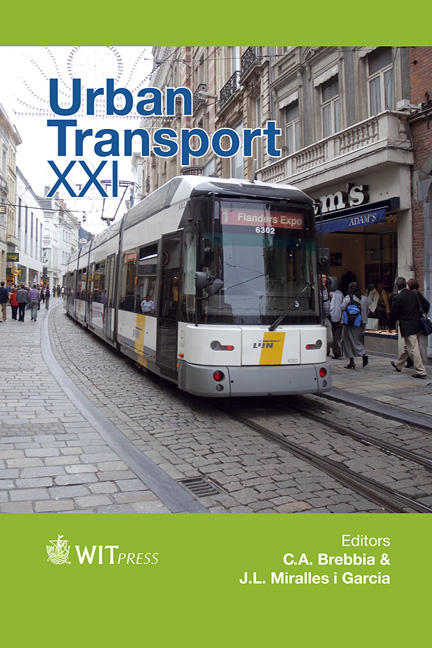Can We Integrate Land-use And Transport Planning? An Investigation Into The Use Of Travel Planning In Regulation
Price
Free (open access)
Transaction
Volume
146
Pages
13
Page Range
65 - 77
Published
2015
Size
357 kb
Paper DOI
10.2495/UT150061
Copyright
WIT Press
Author(s)
L. Wynne
Abstract
A growing interest regarding the integration of land-use and transport planning has led to the inclusion of transport planning mechanisms within land-use planning policies at the local-government level in New South Wales, Australia.
Travel planning is a site-based transport planning methodology that seeks to reduce the number of single-occupancy vehicle trips generated by a site or precinct. Many local governments in Sydney are beginning to incorporate a travel planning mechanism, which requires developers to prepare and implement travel plans for new sites, as a condition of development consent. But is this mechanism achieving its intended goal?
This research investigated the use of this mechanism in local government Development Control Plans in Sydney to explore whether these controls are effectively delivering an integration of transport outcomes in land-use planning. Through a series of interviews with local government planners from a range of Sydney councils it was found that the current legislative context in NSW is not sufficient to deliver transport outcomes via the land-use planning system. The research found that the land-use planning system is an inappropriate stage at which to include a travel planning mechanism. The paper outlines shortcomings in the use of this transport planning mechanisms in a land-use oriented legislative context, and makes recommendations for improvement of the mechanism.
Keywords
transport planning, land-use planning, travel planning, travel demand management





